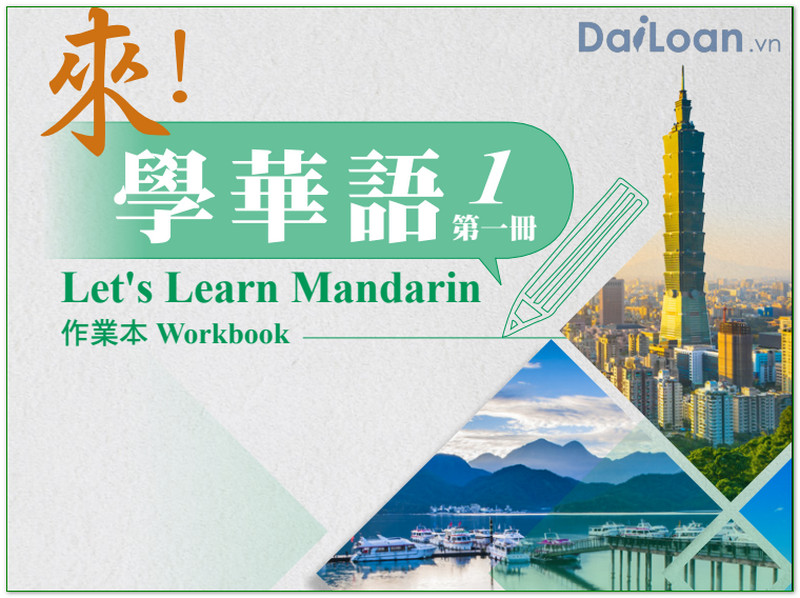Introduction to “圍剿 (wéi jiǎo)”
The term “圍剿” (wéi jiǎo) is a significant word in the Chinese language, often translating to “encirclement and suppression” or “siege” in English. This term has its roots deeply embedded in historical contexts, especially within the narrative of military tactics and socio-political movements, making it an essential phrase for anyone interested in Chinese history or advanced language studies. In this article, we’ll dive into the meaning, grammatical structure, and provide example sentences to illustrate its use.
Meaning of “圍剿 (wéi jiǎo)”
The combination of the characters gives us insights into its definitions:
- 圍 (wéi) – to encircle, surround
- 剿 (jiǎo) – to exterminate, suppress
Thus, “圍剿” typically refers to tactics involving encircling an area to suppress or eliminate adversaries. Historically, it has been used in military contexts and has evolved to describe various forms of systemic suppression.
Grammatical Structure of “圍剿 (wéi jiǎo)”
Examining the grammatical structure of “圍剿” reveals its composition as a verb phrase in Chinese. Here’s an analysis of its structure:
Breakdown of the Characters
As stated before, “圍剿” consists of two characters:
- 圍 (verb): Represents actions of encircling.
- 剿 (verb): Represents actions of suppressing or exterminating.
Tense and Usage
In terms of tense, “圍剿” is usually in the present tense, but context can shift its interpretation in conversation or literature. For example, combining it with time markers can help clarify whether it refers to past or expected future actions. Moreover, it can be adapted into various grammatical structures using auxiliary verbs.
Example Sentences Using “圍剿 (wéi jiǎo)”
To better understand “圍剿,” let’s look at a series of example sentences:
Example 1
在历史上,国民党实施了对共产党军队的围剿。
(In history, the Kuomintang launched an encirclement and suppression against the Communist forces.)
Example 2
政府计划围剿犯罪活动以恢复安全。
(The government plans to encircle and suppress criminal activities to restore security.)
Example 3
学校决定围剿不法行为,保护学生的安全。
(The school decided to encircle and suppress illegal behaviors to protect the safety of students.)
Conclusion
“圍剿 (wéi jiǎo)” is a powerful and historically significant term in the Chinese language with a layered meaning relating to encirclement and suppression. Understanding its grammatical structure and usage through examples enriches one’s comprehension of Sino-cultural context. Whether in historical texts or contemporary discussions, “圍剿” carries weight in conveying the dynamics between oppression and resistance in various forms.
Further Learning
For language learners and enthusiasts, it is crucial to delve deeper into such terms’ connotations and usages. Engaging with authentic Chinese texts or media will provide practical insights into how “圍剿” and similar terms are utilized in various contexts.

Sứ mệnh của Chuyên là giúp đỡ và truyền cảm hứng cho các bạn trẻ Việt Nam sang Đài Loan học tập, sinh sống và làm việc. Là cầu nối để lan tỏa giá trị tinh hoa nguồn nhân lực Việt Nam đến với Đài Loan và trên toàn cầu.
CÓ THỂ BẠN QUAN TÂM
Du học Đài Loan
Lao Động Đài Loan
Việc Làm Đài Loan
Đơn Hàng Đài Loan
Visa Đài Loan
Du Lịch Đài Loan
Tiếng Đài Loan
KẾT NỐI VỚI CHUYÊN
Zalo: https://zalo.me/0936126566
Website: www.dailoan.vn




